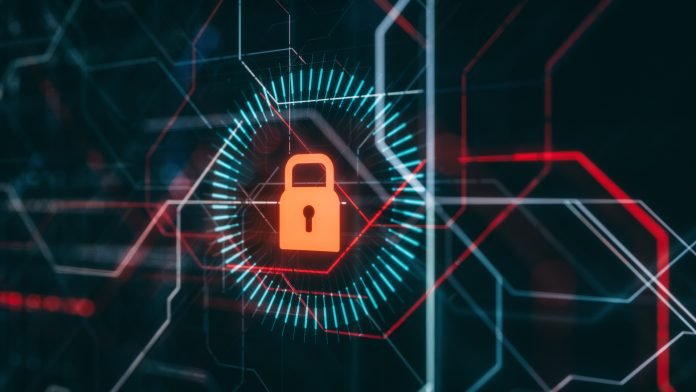In a world where digital threats evolve faster than ever, following cybersecurity best practices is essential for safeguarding your business and personal data. From small startups to global enterprises, organizations face increasing risks of cyberattacks, data breaches, and ransomware incidents that can cripple operations. Practicing cyber hygiene, maintaining endpoint protection, and improving network security are critical steps to avoid compromise.
This guide explores actionable cybersecurity best practices that can help you stay ahead of attackers, protect your systems, and reduce the risk of identity theft and unauthorized access.
Why Cybersecurity Best Practices Matter
The rise in cyber threats—such as phishing attacks, ransomware, and zero-day vulnerabilities—makes it essential to implement a security-first approach. A single data breach can cost millions and irreparably damage your brand’s reputation. More importantly, the impact on customer trust and data integrity can be long-lasting. Following cybersecurity best practices not only helps you defend against these risks but also ensures compliance with regulations like GDPR, ISO 27001, and NIST.
Top 10 Cybersecurity Best Practices
1. Use Strong Passwords and MFA
Weak passwords remain one of the top reasons for cyberattacks. Use long, complex passwords and enable multi-factor authentication (MFA) for all critical systems.
2. Keep Software and Systems Updated
Regular updates fix vulnerabilities that hackers can exploit. Set automatic updates where possible and monitor patch management cycles.
3. Conduct Regular Security Audits
Routine audits help uncover hidden threats. Monitor logs, review access control policies, and analyze system behaviors using advanced analytics.
4. Train Employees on Cyber Hygiene
Human error is a major risk. Educate staff on phishing scams, safe browsing habits, and proper handling of sensitive information.
5. Implement Endpoint Protection Solutions
Securing laptops, desktops, and mobile devices is critical. Use antivirus software, disk encryption, and mobile device management (MDM) tools.
6. Ensure Strong Network Security
Use firewalls, intrusion detection systems (IDS), and VPNs to prevent unauthorized access and protect data during transit.
7. Backup Data Regularly
Automated and encrypted backups allow for fast recovery in case of a ransomware attack or data loss incident.
8. Secure Cloud Environments
Implement security controls for cloud platforms such as AWS, Azure, or Google Cloud. This includes encryption, IAM policies, and activity logging.
9. Limit Access to Sensitive Data
Use the principle of least privilege—grant access only to those who need it and monitor privileged accounts continuously.
10. Have an Incident Response Plan
Prepare for the worst by establishing a formal incident response plan. This includes communication protocols, escalation paths, and recovery processes.
Real-World Consequences of Ignoring Best Practices
Companies that fail to follow cybersecurity best practices often suffer avoidable consequences. In 2023, a major financial institution lost millions due to a phishing email targeting an untrained employee. Similarly, several small businesses were wiped out following unpatched vulnerabilities in outdated systems. These examples show that no organization is too small—or too secure—to be a target.
How We Can Help You
At Sentinel Cyber Defender, we provide end-to-end cybersecurity solutions tailored to your needs. From strong authentication and endpoint protection to cloud and network security audits, our team of certified experts ensures your systems remain resilient. We offer 24/7 monitoring, real-time alerts, and custom-built frameworks that align with your business and regulatory requirements. Whether you’re scaling digitally or strengthening compliance, we’re here to secure your transformation.
Ready to Get Started?
Sentinel Cyber Defender helps you implement robust cybersecurity best practices through customized solutions, technical support, and proactive monitoring. Let’s secure your systems before they’re targeted.
📞 Contact us today at info@sentinelcyberdefender.com or visit our offices in Dallas or Dubai to schedule a consultation.
Conclusion
Following cybersecurity best practices is no longer optional—it’s a necessity. Businesses that take proactive steps toward data breach prevention, enforce strong endpoint protection, and maintain robust network security stand a better chance against today’s complex threats. Within the first 100 days of adopting best practices, many companies notice a drastic drop in vulnerabilities and a rise in operational confidence.
Investing in cyber hygiene and prevention today is far more affordable than paying the price of a breach tomorrow.
FAQs
Q1: What are cybersecurity best practices for small businesses?
A: Small businesses should focus on employee training, using strong passwords, installing antivirus software, and maintaining secure backups.
Q2: How often should I update my cybersecurity policies?
A: Review and update policies at least annually or when introducing new systems or facing new compliance regulations.
Q3: What is endpoint protection and why is it important?
A: Endpoint protection secures user devices like laptops and smartphones, preventing malware and unauthorized access.
Q4: Can cybersecurity best practices help prevent identity theft?
A: Yes, secure authentication, strong passwords, and encrypted data greatly reduce the risk of identity theft.Q5: How do I get started with a cybersecurity plan?
A: Start with a risk assessment, define critical assets, and work with professionals like us to build a tailored defense strategy.

